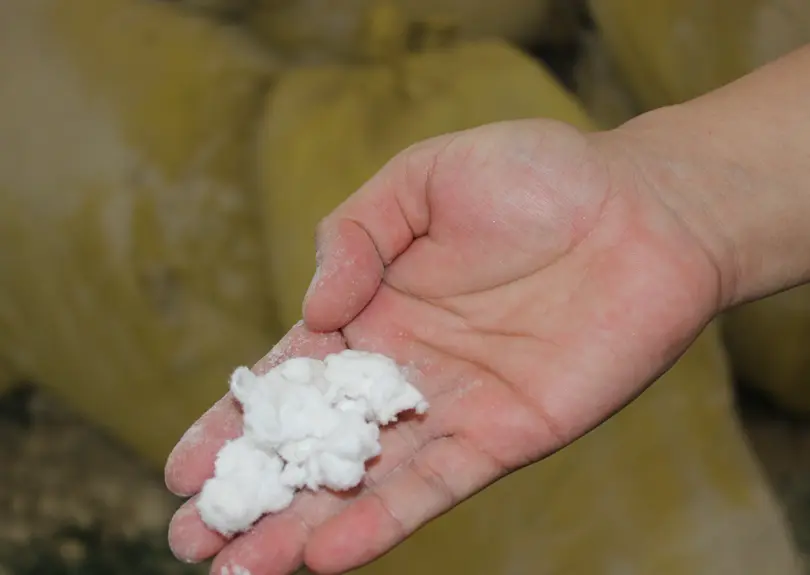
Nov . 05, 2024 20:22 Back to list
is hpmc safe
Is HPMC Safe? A Detailed Look at Hydroxypropyl Methylcellulose
Hydroxypropyl Methylcellulose (HPMC) is a semi-synthetic polymer widely used in various industries, including food, pharmaceuticals, cosmetics, and construction. It serves multiple purposes, including acting as a thickening agent, emulsifier, and film-forming agent. Given its prevalence, a common question arises Is HPMC safe for consumption and use?
Understanding HPMC
HPMC is derived from cellulose, a natural polymer found in the cell walls of plants. The process of creating HPMC involves modifying cellulose to enhance its properties. As a result, it becomes soluble in water and forms a gel-like substance when mixed. This unique characteristic makes it valuable in numerous applications.
In the food industry, HPMC is often used as a food additive, denoted by the E number E464. It can be found in products such as ice cream, sauces, and baked goods, where it improves texture and stability. In pharmaceuticals, HPMC is used as an excipient in tablets and as a coating agent. Its ability to control the release of active ingredients makes it particularly useful for sustained-release formulations.
Safety Assessments
Numerous studies and evaluations by regulatory bodies have concluded that HPMC is generally recognized as safe (GRAS) when used appropriately. The U.S. Food and Drug Administration (FDA) and the European Food Safety Authority (EFSA) have reviewed its use in food and pharmaceuticals, affirming its safety based on available scientific evidence.
is hpmc safe

HPMC has a low toxicity profile, and adverse reactions are rare. Some individuals may experience mild gastrointestinal disturbances if consumed in excessive amounts, but such instances are uncommon. As with any additive, moderation is key, and individuals with specific allergies or sensitivities should consult healthcare professionals when introducing new substances into their diets.
Environmental and Health Considerations
HPMC is biodegradable, which is a significant advantage from an environmental standpoint. Unlike many synthetic polymers, it does not persist in the environment, thereby reducing potential ecological impacts. Furthermore, HPMC has been found to be safe for use in personal care products, where it serves as a thickener or stabilizer in lotions and creams.
For those concerned with health implications, it is crucial to note that HPMC is often regarded as a safe alternative to other emulsifiers or thickening agents that may contain allergens or harmful additives.
Conclusion
In summary, Hydroxypropyl Methylcellulose (HPMC) is a versatile compound that is widely regarded as safe for use in various applications, including food, pharmaceuticals, and cosmetics. Regulatory bodies have consistently evaluated its safety, endorsing its use based on comprehensive assessments. While individuals should remain vigilant about their dietary choices, the consensus in the scientific community supports the conclusion that HPMC poses minimal risk when consumed or used appropriately. As always, staying informed and consulting with professionals can help ensure safe and healthy choices.
-
Versatile Hpmc Uses in Different Industries
NewsJun.19,2025
-
Redispersible Powder's Role in Enhancing Durability of Construction Products
NewsJun.19,2025
-
Hydroxyethyl Cellulose Applications Driving Green Industrial Processes
NewsJun.19,2025
-
Exploring Different Redispersible Polymer Powder
NewsJun.19,2025
-
Choosing the Right Mortar Bonding Agent
NewsJun.19,2025
-
Applications and Significance of China Hpmc in Modern Industries
NewsJun.19,2025







